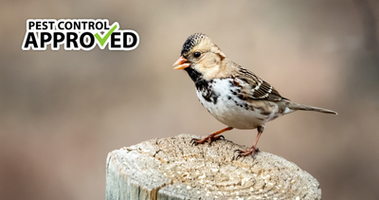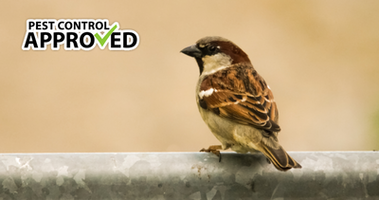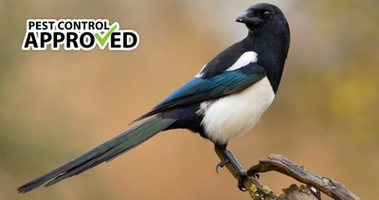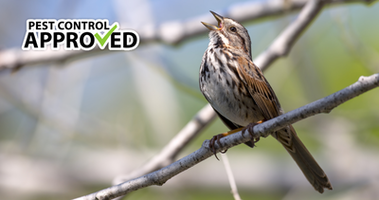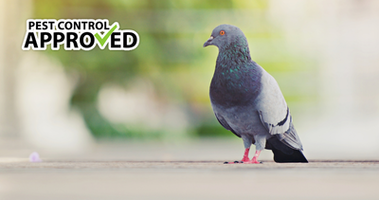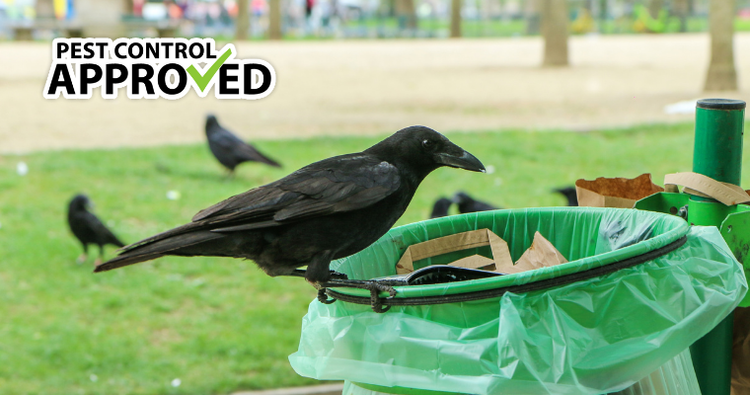
American Crows
American crows are the most common crow species in North America. They are similar to the Hooded crow found throughout Europe. There are five subspecies of American Crow: Eastern crow, Northwestern crow, Western crow, Florida crow, and Southern crow. However, these subspecies are not well defined or documented. The main differences are in bill proportion and size. Crows are an intelligent bird, able to make tools, recognize human faces, and mimic human speech.
NAME: Corvus Brachyrynchos
LOCATION: North America
HABITAT: Various
DIET: Omnivore
SIZE: 40-50 cm
PREDATORS: Hawks, falcons, owls, coyotes
LIFE EXPECTANCY: 7-8 years
Size
Crows are larger birds at 40 to 53 cm from head to tail. Their tail is exceptionally long, making up 40% of their body. Their wingspan is 85 to 100 cm. Crows are smaller than a raven, about the same size as a pigeon. They weigh between 316 and 620 grams. The smallest subspecies are on the western and southern coastlines.
Appearance
Crows are all black from their head to their feet. They have iridescent black feathers and mate black feet and beaks. The overall bill length depends on the subspecies. Males are generally larger than females although there are no other sexually dimorphic characteristics. Juveniles have a brown hue to their feathers. As they age, the brown fades until it is replaced by iridescent black.
Diet
Crows are opportunistic omnivores; they consume whatever is available. They frequently eat meat including insects and carrion. They also actively hunt rodents and baby birds. In costal areas, they will eat beached or stranded fish. Besides meat, they enjoy seeds, eggs, and fruit. They rarely visit bird feeders but enjoy crops like corn and wheat. Although they are considered pests, they are overall more helpful than harmful since they eat insects. In winter they consume more nuts and grains than meat.
Crows also enjoy human garbage. They will scavenge garbage cans, landfills, compost bins etc. for any food they can find. They often visit campsites or other areas where humans frequently leave trash. Crows are also known for making tools to help them find food.
Habitat
Crows are found all across North America. They expanded into the prairies when imported trees provided more roosting areas. They prefer open areas with trees nearby such as farmland, pastures, landfills, and parks. Crows generally don’t live in forests but will visit campgrounds. They often nest near streams, rivers, or marshes. The only places they do not live are the temperate rain forests in the pacific, deserts, and the tundra in the far north. Although they are highly adaptable, most Canadian crows migrate to the Untied States in winter.
Reproduction
Crows reach breeding age around two years old but may do not breed until they are four or five. Breeding season starts as early as April. The male and the female build the nest and sometimes their older broods help. They nest high in the tree, near the trunk. The female lays three to nine eggs. The eggs are 3.6 to 4.7 cm long. They are pale bluish-green or olive green with brown and grey blotches at the larger end. The Crow eggs incubate for 16 to 18 days before hatching. Once hatched, both parents feed the young. Sometimes their older broods help feed the chicks.
Predators
Crows tend to be killed by larger birds of prey such as owls, hawks, peregrine falcons, and eagles. These birds can attack crows in the air or on the ground. Crows protect themselves from predators by flying and roosting in flocks. But older, slower, and sickly birds often get picked off.
Most crows are killed as nestlings. Snacks, racoons, and ravens eat the eggs and young chicks. Domestic cats often catch and kill baby birds. Rarely, coyotes or bobcats will kill a crow. This usually happens while they are eating carrion in a rural setting.
Surprisingly, the biggest killer of crows is the West Nile virus. Crows get the virus from infected mosquitos and display symptoms shortly after infection. The primary symptoms are loss of coordination, tremors, tiredness, and head tilt. Most crows who show symptoms die within a week. Fortunately, crows cannot directly pass on West Nile to humans.
Lifespan
Crows are long lived birds. Like most animals, they are most likely to die in their first year of life due to predation, food scarcity, and failure to thrive. Most crows live seven to eight years. The oldest crow ever known lived in captivity and was 30 years old.


